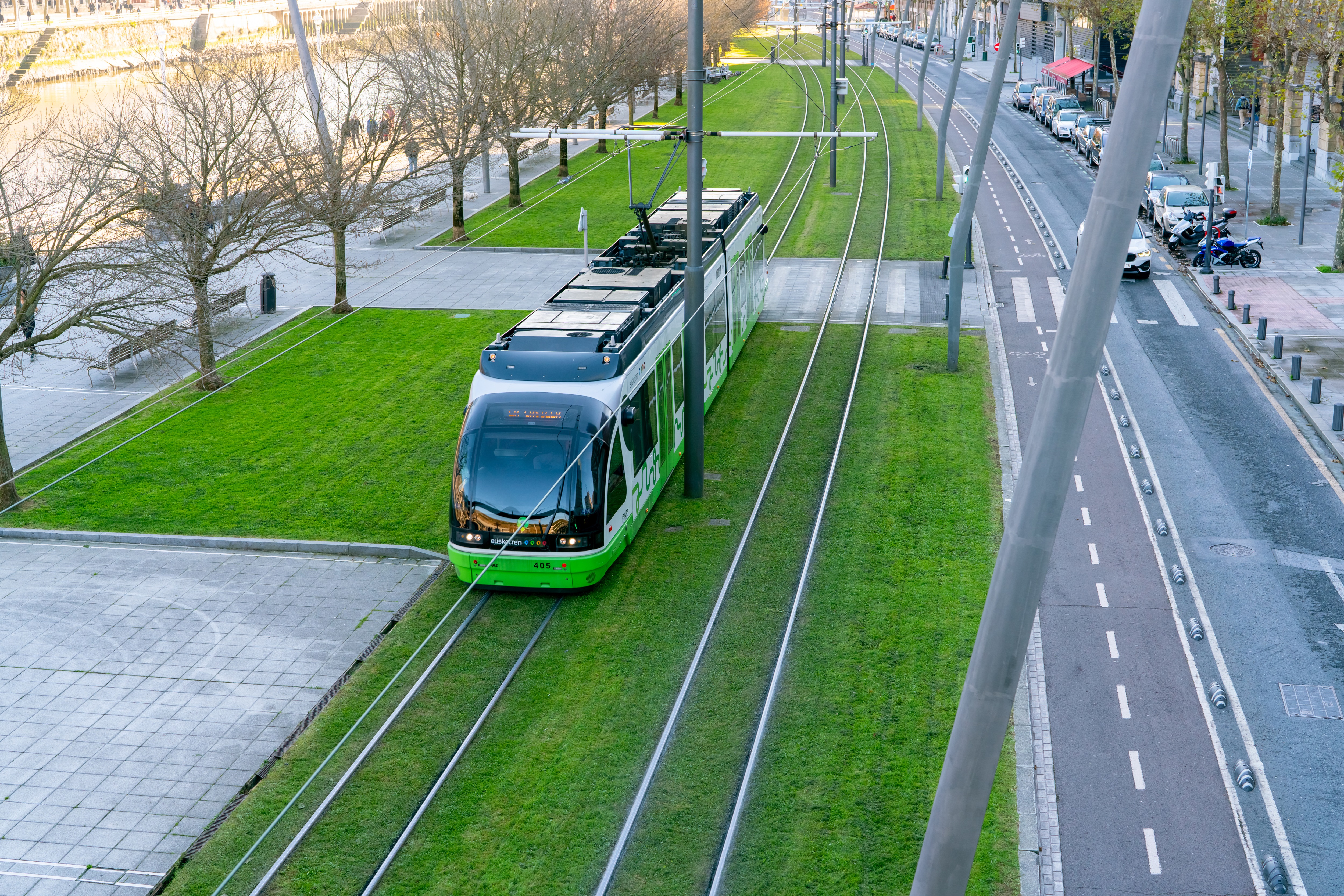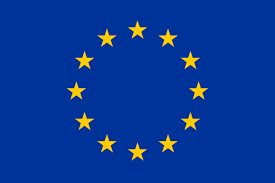
30 partners in a three-year project dedicated to active travel
Less convenient for commuting, less comfortable than the car, uncertainty about the availability of shared vehicles (bikes, scooters, etc.), too expensive… These are just some of the reasons users are reluctant to use shared or public transport, as highlighted by the results of a survey carried out by the European Commission, following which it launched a large-scale call for projects in 2022. The aim is to break down these barriers and promote public transport throughout Europe to meet the target for the future: propose efficient, connected, resilient, safe and sustainable travel in cities, where 82% of the world’s population are expected to live by 2050.
This is no small challenge, but a consortium of equal magnitude has been created that brings together 30 partners. Universities, research centres (including Inria), urban authorities, private corporations and public transport companies are united as part of the SUM (Seamless Shared Urban Mobility) project. Launched on 1 June 2023, it is supported by the European Commission and has a budget of nearly €10 million for three years.
Modelling with a view to developing price incentives and seamless travel routes
Luce Brotcorne, Head of the Inocs project team at the University of Lille, coordinates the work:
Verbatim
It is a very ambitious project that will take us right through to the experimentation phase. It’s also innovative in several respects, including its scale, of course, but also the scientific, technical and social challenges it represents.
“For example, we will be working on end-to-end pricing schemes: how can we offer a single ticket for every journey, regardless of the means of transport used, which is attractive to users and profitable for operators?”, explains the scientist.
The Inocs project team, which specialises in the resolution of large-scale optimisation problems with complex structures, has hired a PhD student to study the issue and a second one to explore the distribution of shared vehicle fleets based on passenger numbers, an issue that is vital for alleviating users’ fears of not finding a vehicle available at the desired time. These challenges constitute two of the five pillars on which SUM is based. The other three are equally adventurous: adapting shared travel to demand; offering integrated timetables and prices between public transport and shared vehicles to fluidify users’ journeys; creating travel hubs and revamping urban infrastructures.
“To create the algorithms and models required for each of these challenges, the universities and research centres are not working in silo, but in close collaboration, such as through joint PhDs, like the one addressing the pricing problem between our team and Delft University of Technology”, explains Luce Brotcorne. “Synergies are forged based on the challenges and expertise of each party. We are also working together with city authorities and private-sector companies thanks to the living labs”.
Living labs: a range of urban configurations
What are living labs? These are SUM's testing grounds. In other words, a total of nine different cities - chosen by the project members for their links with research, transport services and user types, desires and constraints in terms of mobility, etc. - have agreed to test some of the applications developed by the researchers. They include Munich (Germany), Rotterdam (Netherlands), Jerusalem (Israel), Geneva (Switzerland), Athens (Greece), Krakow (Poland), Fredrikstad (Norway), Larnaca (Cyprus) and Coimbra (Portugal).
The diversity of profiles allows the project to cover specific cases and foster innovation, such as in the case of driverless vehicles: in Fredrikstad, public transport includes a fleet of driverless boats, while in Munich, the possibility of using driverless vehicles on ringroads to bring users closer to mobility hubs is being studied.
However, the wide range of situations and stakeholders presents two challenges. The first is ensuring the partners advance together.“The project requires careful management to stimulate the participants, especially the city authorities and private corporations who aren’t necessarily used to European projects and the reporting they involve”, explains Luce Brotcorne. The second is being able to extract results from specific cases that are general enough to be reproducible in other cities.
Verbatim
This is a big challenge. At the end of the process, we need to be able to identify what worked and what didn't and determine whether each case is specific or general.
Social, environmental and economic benefits
The expected benefits of the project fall into six main categories. The first and undoubtedly the most fundamental is: the reduction of air pollution and traffic congestion and the promotion of social inclusion and accessibility. “The project has a wide social and environmental scope”, says Luce Brotcorne. “When the future applications give users a choice of routes and means of transport for a single journey, they will prefer more environmentally friendly solutions, such as electric vehicles”.
The five other benefits are equally ambitious: the increase – by 25% – of the proportion of new and shared mobility modes (NSM) while ensuring their profitability; the integration of NSM into public transport services; the configuration of infrastructures for NSM; the creation of recommendations for NSM and, lastly, sharing and dissemination of the project results.
With regards to this last point, SUM will create a public platform to make its results available to all, in the hope that Europeans will embrace the idea. The project members hope to get 15 cities on board by 2026 and 30 by 2030, starting with the “observer cities”, who are currently being recruited and will follow the project without initially taking part, but will adopt the resulting applications. “We hope Lille will be one of them!” enthuses the Head of Inocs.
Find out more
- Les laboratoires des nouvelles mobilités en Europe, (report) Les Échos, 24/5/2023.
- Comment la mobilité façonne-t-elle nos villes ? (video), Le Temps, 15/9/2022.
- Mobilités douces : à pied, en tram ou à vélo, l’Europe soutient les projets des communes ! La Gazette des Communes (in partnership with the European Commission), 21/9/2021.
- Luce Brotcorne: Optimisation in a complex environment, Inria, 30/8/2019.
SUM has received funding from the European Union’s Horizon Europe Research and Innovation Programme under grant agreement N° 101103646.
Views and opinions expressed are however those of the author(s) only and do not necessarily reflect those of the European Union or the European Climate, Infrastructure and Environment Executive Agency (CINEA). Neither the European Union nor the granting authority can be held responsible for them
